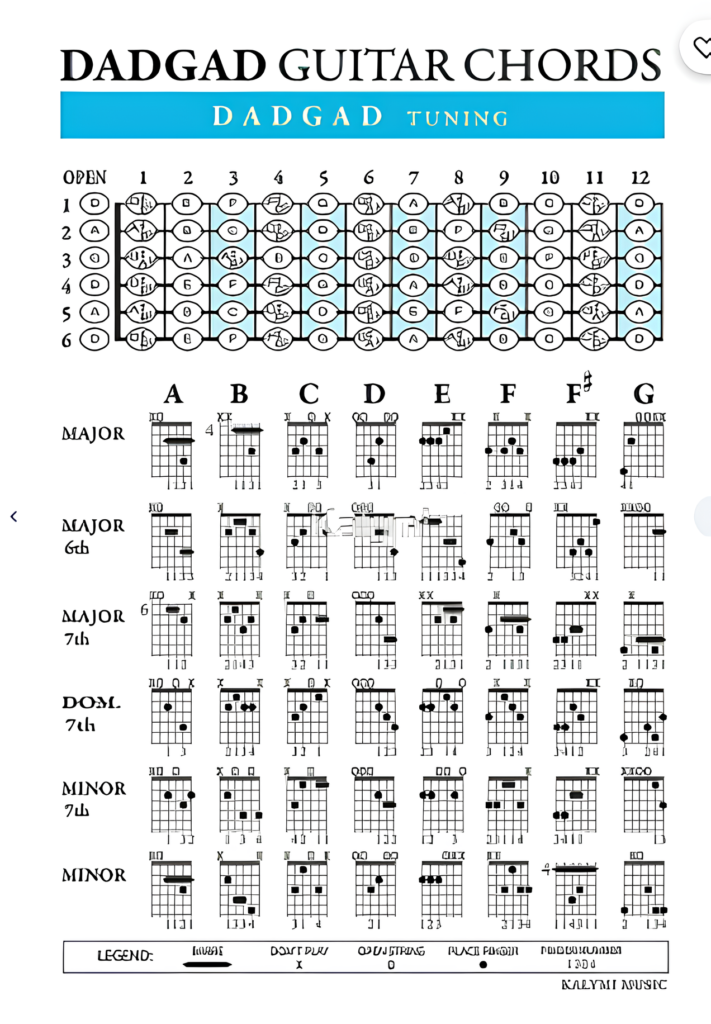Tuning your guitar is one of the most fundamental skills every guitarist should master. A well-tuned guitar not only sounds better but also makes playing more enjoyable and rewarding. In this comprehensive guide, we’ll explore everything you need to know about guitar tuning, from the basic principles to advanced techniques.
Understanding Standard Tuning:
Standard tuning for a six-string guitar, from low to high, is EADGBE. This means the lowest (thickest) string is tuned to E, followed by A, D, G, B, and E. Each string is tuned to a specific pitch, with the goal of achieving a balanced and harmonious sound across all strings.
Tuning Methods:
- Using a Tuner: One of the easiest and most accurate ways to tune your guitar is by using a digital tuner. Simply pluck each string individually and adjust the tuning pegs until the tuner indicates that the string is in tune. Tuners are available in various styles, including clip-on, pedal, and smartphone apps.
- Tuning by Ear: Tuning by ear is a valuable skill that every guitarist should develop. Start by tuning one string to a reference pitch (e.g., using a piano, tuning fork, or online reference tone), then tune the remaining strings relative to that string. This method requires a good ear and may take some practice to master, but it’s an essential skill for playing in situations where a tuner is not available.
- Using Harmonics: Another method for tuning by ear involves using harmonics. By lightly touching the string at the 5th, 7th, or 12th fret and plucking the string, you can produce a harmonic tone that can be compared to the harmonic produced on another string to check for tuning accuracy.
Common Tuning Variations:
While standard tuning is the most widely used tuning for the guitar, there are many alternative tunings that can create unique sounds and textures. Some common variations include:
- Drop D Tuning (DADGBE): This tuning lowers the pitch of the lowest string (E) to D, allowing for heavier and more resonant power chords.


- Open G Tuning (DGDGBD): This tuning creates a G major chord when strummed open, making it popular for slide guitar and blues playing.


- DADGAD Tuning: This tuning, often used in folk and Celtic music, features a D major chord when strummed open and allows for rich, open-sounding chords and drones.


Tips for Maintaining Tuning Stability:
- Stretch your strings: New strings tend to go out of tune more frequently until they’ve been properly stretched. After installing new strings, gently pull on each string to stretch them and then retune as needed.
- Store your guitar properly: Extreme temperatures and humidity can affect the tuning stability of your guitar. Store your guitar in a case or gig bag when not in use, and avoid exposing it to rapid changes in temperature or humidity.
- Check your tuning regularly: Even the most well-tuned guitar can drift out of tune over time, especially during extended playing sessions. Get into the habit of checking your tuning regularly and making adjustments as needed.
By mastering the art of guitar tuning, you’ll not only enhance your playing but also develop a deeper understanding of your instrument’s capabilities. So take the time to explore different tuning methods, experiment with alternative tunings, and always strive for perfect pitch. Your ears—and your audience—will thank you for it!
- Unlocking Style Core Aesthetics: The New Era of Personal Fashion
- How to Knit for Beginners: Your Easy Step-by-Step Guide
- Bow and Arrow Basics: Everything You Need to Know
- Master the Bow: A Beginner’s Guide to Archery
- From Awareness to Action: Mastering the Art of Self-Defense

